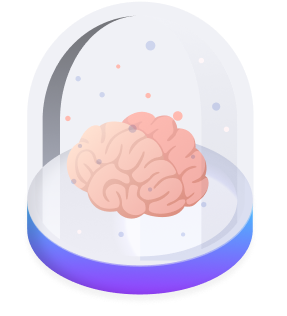Define and Configure Data Models
Create and share
Define and manage data models at a central location and make them available online and share it as Linked Data.

Define the semantics
Allow software to understand the meaning of data and have a better understanding of datasets as a whole.

Configure the logic
Capture how data has to be processed, ensuring software apps to register data correctly.
How does the Laces blueprint manager help you?
Our data models, also known as blueprints, are key in creating and managing information architectures in software development. Data models serve as a plan for software to capture, interpret and register data by combining semantics and logic. Sharing data models between developers will simplify interfacing and generate off-the-shelf code for new software.
The Laces Blueprint Manager can publish data models as Linked Data, which enables standardized mappings between different data models, useful when transforming data and when different organizations need to share data with one another. With the Laces Blueprint Manager, organizations can now improve data interoperability and reduce inconsistency.
Who can benefit?
The Laces Blueprint Manager is designed for information managers and software developers with the responsibility for designing and managing structured data. By using this Laces App they can automatically generate software code, making it easier to create applications and will result in efficient data model mappings, and connected applications.












